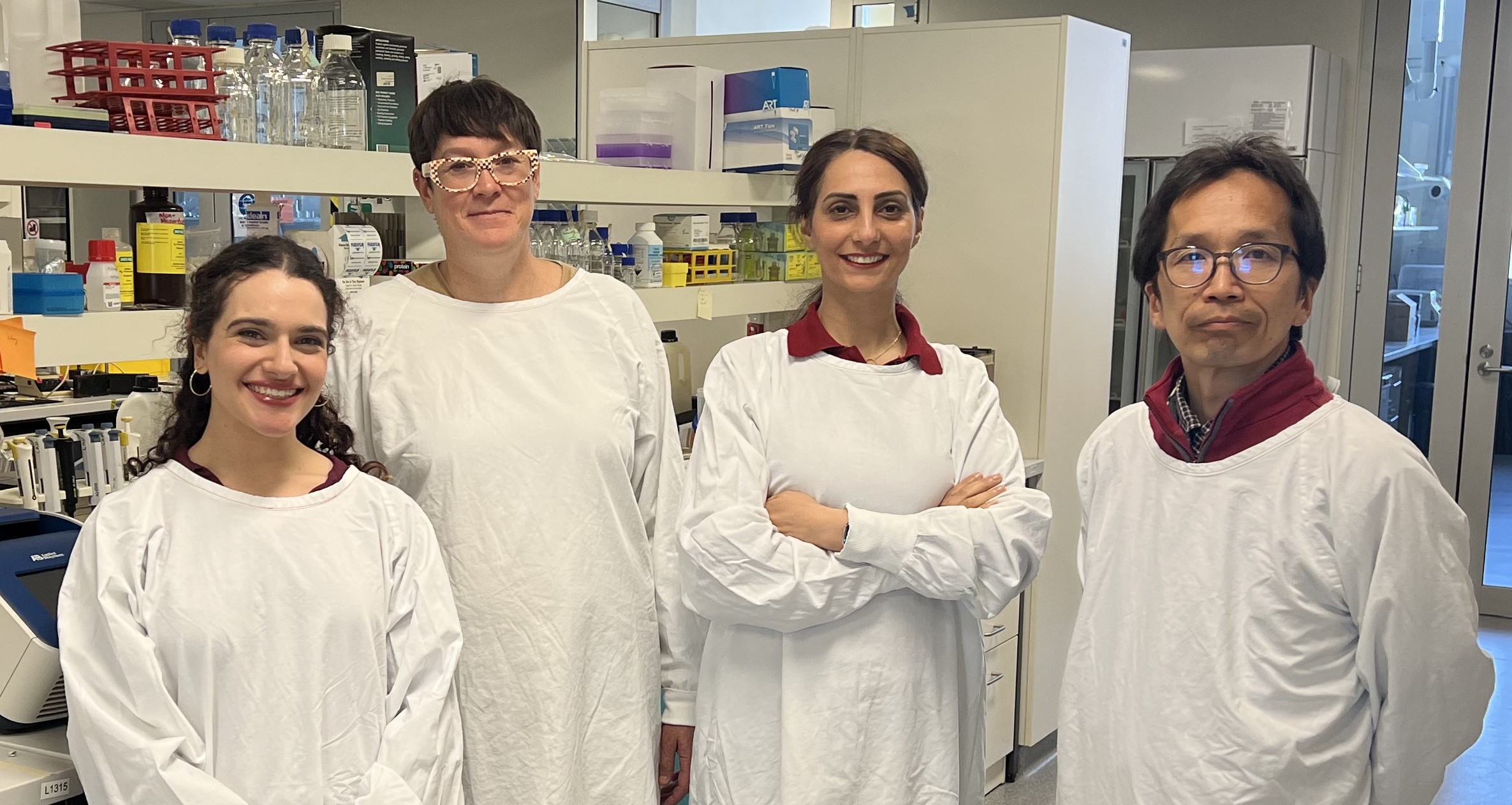 Researchers at the Kolling Institute have made important progress towards the development of new treatments for chronic pain by identifying a small group of cells which can control pain responses.
Researchers at the Kolling Institute have made important progress towards the development of new treatments for chronic pain by identifying a small group of cells which can control pain responses.
The breakthrough comes as approximately 20 per cent of the world’s population suffers from chronic pain, including around 3.4 million Australians.
Dr Neda Assareh, a neuroscientist research fellow from the Pain Management Research Institute said medications and psychological support offer some relief, but many people continue to experience ongoing pain without effective treatments, and this often leads to depression and anxiety.
She says a large number of people also continue to use opioids which can be addictive and ineffective.
“Our team however, has been working to develop better and safer treatments for chronic pain by improving our understanding of which pain pathways shape the experience of pain,” she said.
“In this ground-breaking study, we used an advanced bioengineering technique to investigate how the brain organises pain signals, and we found evidence that a never-investigated cell type can control pain.
“The study relied on chemogenetics, a technique that allowed us to activate and inactivate a small population of glycinergic neurons in isolation.
“These neurons are found in the midbrain periaqueductal gray, a part of the brain which influences pain responses and anxiety linked to pain.
“Our study is the first to investigate the role of these neurons in setting pain thresholds, and we found that inhibiting the activity of the glycine-PAG neurons reduced pain responses in both sexes. It was important to test responses with both sexes as we know that pain affects men and women differently.”
Senior researcher Dr Karin Aubrey has welcomed the discovery of this unique group of cells which control pain responses.
“Importantly, there are only a small percentage of these neurons in the midbrain, so by targeting these cells, we may be able to develop medications which reduce pain with fewer side effects than existing medicines, “ she said.
“In the next stage of the program, we will aim to determine how glycine-PAG neurons communicate with higher brain areas, and investigate their ability to alter pain and anxiety outcomes in chronic pain models.”
“Our findings are the result of a strong collaborative effort also involving senior researcher Yo Otsu, PhD student Caitlin Fenech, and lab assistants Nazim Uddin and Rebecca Power.”
The research has been published in the leading scientific journal eNeuro.
The project was made possible with the support of the Ernest Heine Family Foundation and the Pain Foundation.